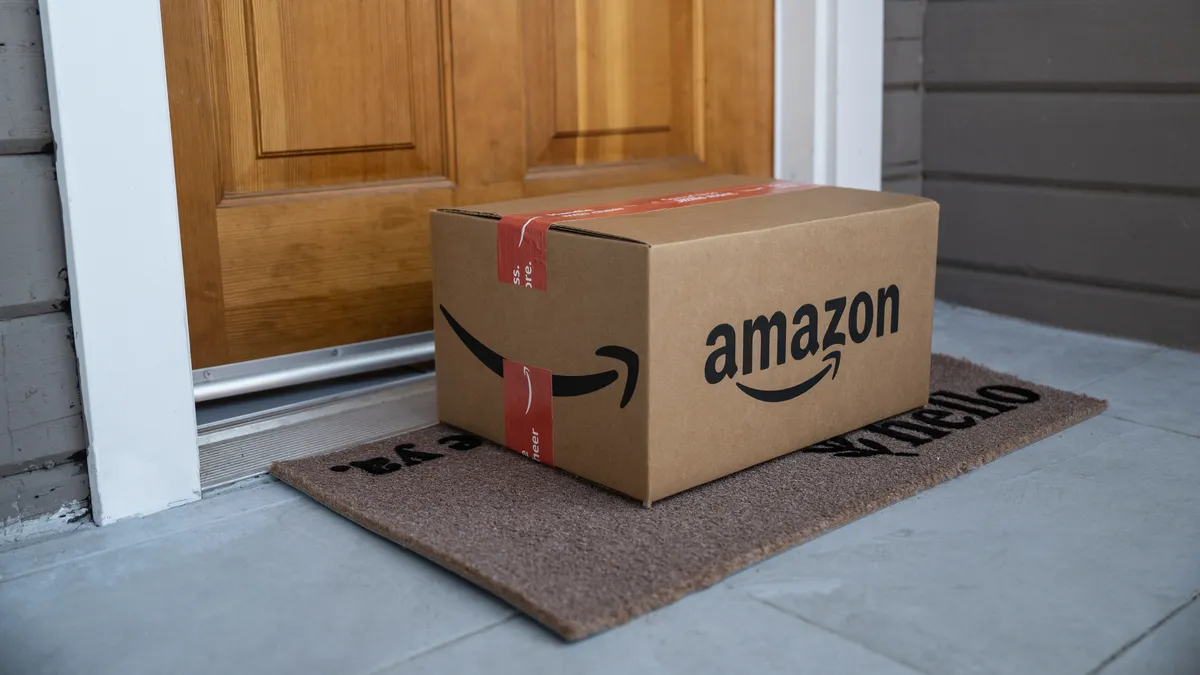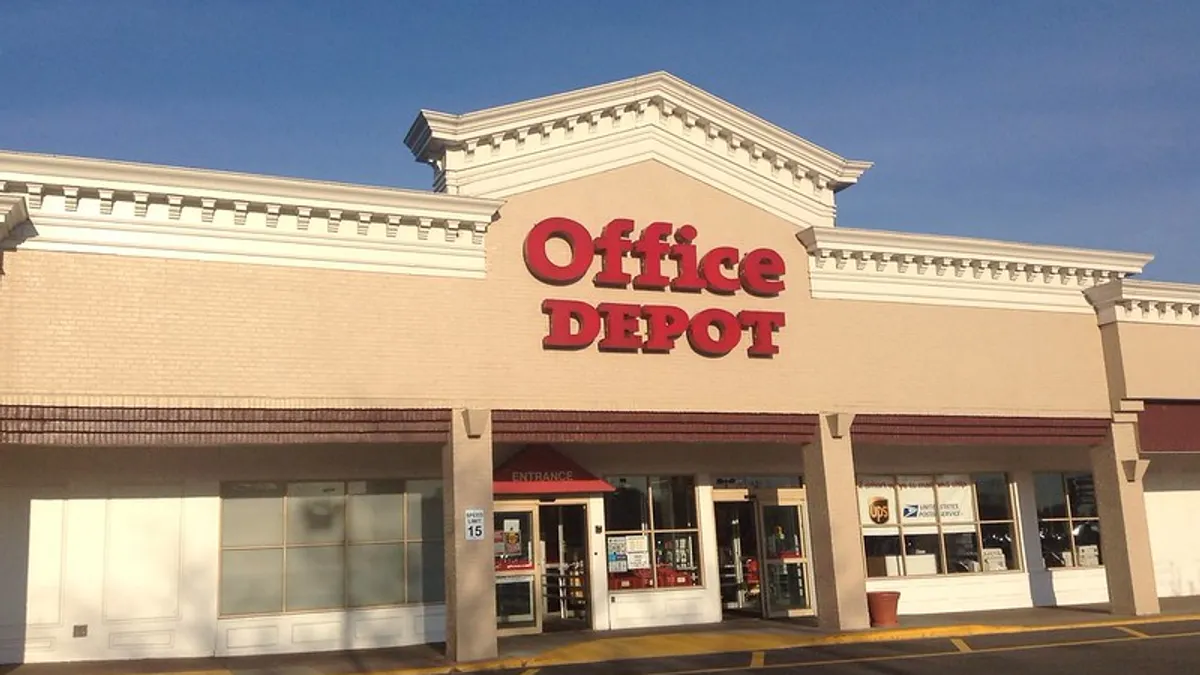With its non-grocery brick-and-mortar stores largely in the rear-view mirror, the pandemic-related e-commerce surge abating and legacy retailers catching up, Amazon has entered a new phase.
The e-commerce giant’s most high-profile move of this new era so far has been to shrink its workforce, which analysts recently noted will help it improve the margins and profitability of its retail operation. But the cost of goods, of technology and content, and of music and video were the largest contributors to Amazon’s retail margin weakness in 2022, according to number-crunching from William Blair analysts led by Dylan Carden. Not, as Amazon executives have suggested, higher shipping and fulfillment costs, Carden said in a research note last week.
Those factors come with their own possible solutions, many of which are already in play. Last year, for example, the cost of goods siphoned about 250 basis points from gross margin, one of the rougher outcomes in the industry, partly because Amazon wanted to win on price, William Blair found. Cleaner inventories and fewer promotions are likely this year, which will ease that pressure somewhat. Similarly, workforce cuts in retail-related technology and content could translate to some $400 million in costs, or 20 basis points of the company’s retail sales in 2022, if not more “with the abandonment of several long-shot projects,” Carden said.
“Amazon has considerable capacity to continue growing the Amazon Prime fee without adding additional services or benefits.”

Dylan Carden
Analyst, William Blair
Amazon’s video and music expenses are also high, but they have allowed the development of a streaming service to rival Netflix, along with gaming, music and other entertainment. The biggest draw to most of those willing to pay $14.99 per month or $139 per year is free shipping on thousands of items, according to William Blair’s research. Those analysts estimate that, all told, the value to Prime members is $370 per year, or more than two and a half times what it costs. That means that Amazon has room to boost the price, perhaps sooner than it plans.
“Amazon has considerable capacity to continue growing the Amazon Prime fee without adding additional services or benefits,” Carden said, noting that, nevertheless, the company has added Buy with Prime, streamed its first major-league football game and launched its pharmacy benefit without boosting the fee.
But amid rising competition from the likes of Walmart, Shopify and other retail companies working with third-party sellers, Amazon, whose marketplace accounts for 60% of the goods sold through its site, must also protect its stable of sellers. Fees from these vendors have greatly helped Amazon mitigate its steep fulfillment expenses.
“Amazon is most likely to keep pushing third-party sales over their own, we also acknowledge a more limited capacity for Amazon to keep piling fees on its sellers, as fees now make up a startling amount of costs for some,” Carden said.
And sellers now have more options. Many also work with Shopify (where their margins are better and they control their own data) and Walmart (where they have a shot at selling through the retail giant’s brick-and-mortar stores), according to research from Roth MKM analysts led by Rohit Kulkarni.
According to companies that work with Amazon sellers, Amazon “has begun to open its doors to sellers and has offered new tools to help mitigate friction,” Kulkarni said. Amazon is providing brands with customer insight data they had never previously shared, for example. “One of the veterans stated this is the friendliest and most open with their data Amazon has been since 2003,” Kulkarni said.
Buy with Prime, where Prime members can use their free and fast shipping while shopping on other websites, expands choices for Amazon customers, but it’s also a “Trojan Horse” because Amazon can collect data on brands by infiltrating their websites, Kulkarni noted.
Amazon disputed this characterization. A company spokesperson said by email that Amazon prohibits the use of non-public information about purchases made with Buy with Prime or related to customer browsing on merchants’ sites for its own operations or private labels, including sourcing, inventory or pricing.
Rick Watson, founder and CEO of RMW Commerce Consulting, agrees that Buy with Prime is a classic example of Amazon providing a benefit to others that in the long run is a major benefit to itself. But the customer experience so far is lacking, according to his firm’s own recent research.
Furthermore, siphoning data from brands for its own use has already landed Amazon in hot water in Europe, where antitrust regulators recently restricted its use of marketplace sellers’ data, enhanced their access to its “buy box,” and eased sellers’ and shippers’ participation in Prime. Several members of Congress are also scrutinizing Amazon’s use of seller information.
It may not be all that easy to lean much harder on sellers to fuel advertising revenue and boost profits, analysts say.
“We also see risk that the platform becomes too much of a pay-to-play model, which would add friction points to the experience (as customers have to sift through sponsored product), and plays relatively fast and loose with customer trust, where Amazon already runs a deficit, in our view,” Carden said.
Compared to the days when it was retail’s great disruptor, Amazon now must work harder to grow, be profitable and protect its own ecosystem, Watson said by phone. Margins are tight, profits are more elusive, Prime may be reaching a saturation point in the U.S., expenses are rising, and the marketplace model is rife with complications, he noted.
“At Amazon, you have an even more tricky job because you're also a retailer and a brand,” he said. “They have a complex job, and there can be reasonable debate over whether they're doing all those things well.”
Editor’s note: This story has been updated with Amazon’s statement regarding Buy with Prime’s use of information.























